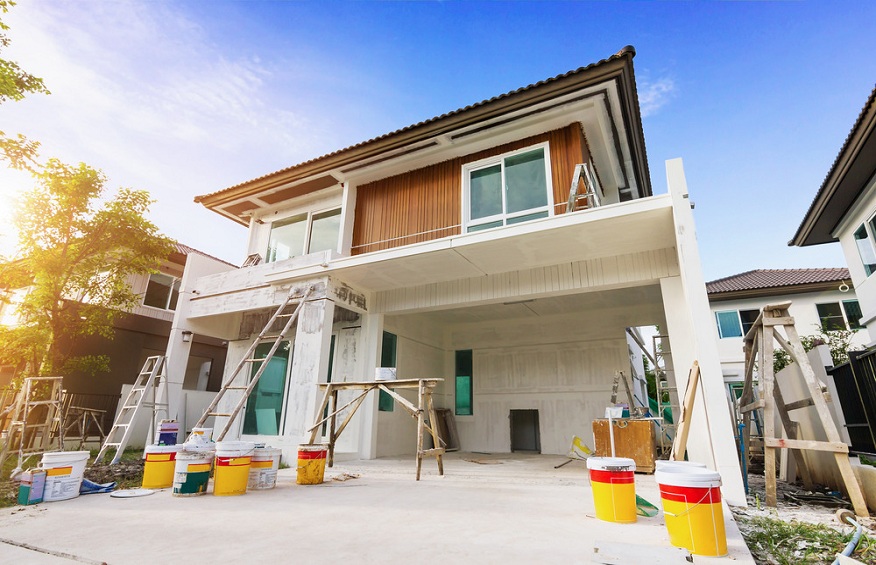Rainwater, although a blessing for the environment, can sometimes become a curse for homeowners. If not managed well, it can damage your property’s structure, create a damp environment perfect for mold growth, and erode your landscape. Nevertheless, with the proper knowledge and right materials, you can protect your home from the negative impacts of rainwater.
Regular Inspection and Maintenance
Begin your journey of protecting your home from rainwater by ensuring regular inspection and maintenance. This step is crucial because small issues, if left unchecked, can quickly turn into big, expensive problems.
- Roofing: Regularly check your roof for any signs of damage or wear. Look out for cracked or missing shingles and keep an eye out for leaks inside your house after heavy rainfall. If you notice any issues, contact a roofing professional to address them promptly.
- Gutters: Gutters are your home’s first line of defense against rainwater. Over time, leaves, dirt, and other debris can accumulate and clog up the area, causing water to overflow and damage your home’s exterior or foundations. Make sure to clean them regularly.
Install Seamless Rain Gutters
One of the most effective ways to manage rainwater is to install seamless rain gutters, according to the experts at Global Gutter Systems. Unlike traditional gutter systems, these don’t have any seams or joints, which significantly reduces the chances of leaks. They provide a smoother path for rainwater, directing it away from your home’s foundation. Besides being functional, seamless rain gutters can also add an aesthetic touch to your home’s exterior.
Protect Your Foundation
Your home’s foundation is another area that requires your attention.
- Soil Grade: The soil around your house should slope away from the foundation. This helps ensure that rainwater drains away from your home, rather than pooling around the foundation and causing potential damage.
- Drainage Systems: Installing a French drain or similar drainage systems can also be beneficial, particularly if your home is in a low-lying area or prone to flooding.
Waterproofing
Waterproofing your home is an essential step in rainwater management. It includes adding a protective layer to parts of your home that are prone to water damage.
- Basements: Consider having a professional waterproof your basement, as they’re often prone to flooding.
- Exterior Walls: Water-repellent paint can be a good idea for the exterior walls of your home.
Landscaping
Proper landscaping can significantly reduce rainwater’s impact on your home.
- Planting: Plant trees and plants that absorb a lot of water. These can act as a natural barrier, soaking up excess rainwater before it reaches your home’s foundation.
- Rain Gardens: If your property has space, consider installing a rain garden. These are designed to divert excess water, giving it a place to accumulate and gradually soak into the ground.
Insulate and Ventilate Your Attic
Proper insulation and ventilation in your attic can prevent a lot of issues related to rainwater.
- Insulation: Insulating your attic helps in maintaining a stable temperature within your home. It prevents warm, moist air from condensing on cold surfaces in your attic, which can lead to water damage over time.
- Ventilation: Good ventilation keeps air moving through your attic, decreasing the potential for condensation and helping to dry out any moisture that does find its way in.
Conclusion
By taking steps to protect your home from rainwater damage, you can save yourself a lot of time, effort, and money in the future. Although it may appear overwhelming, remember that it doesn’t need to be done all at the same time. Don’t forget, your home is not just a house, it’s a place where memories are created; taking care of it is well worth the effort.

